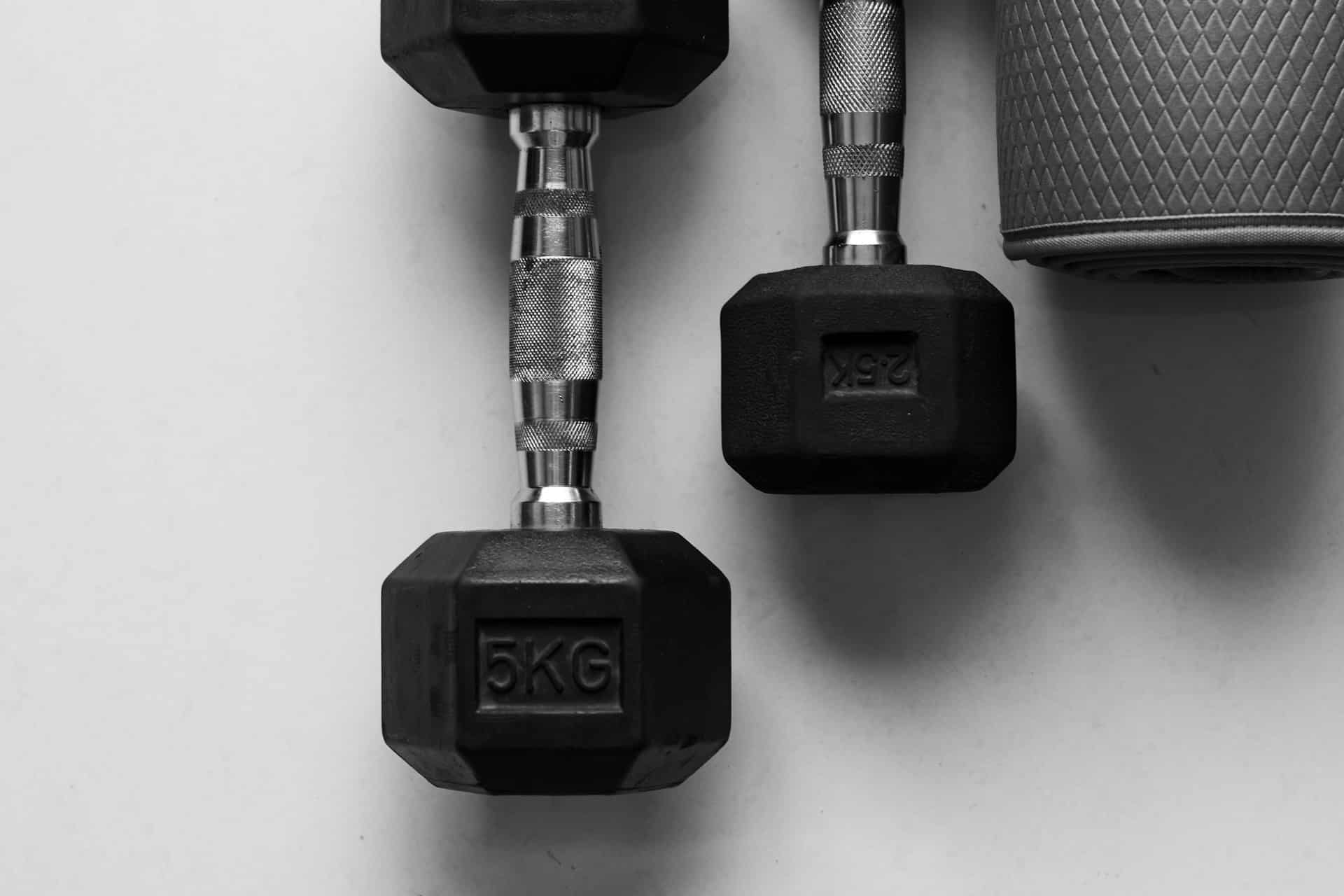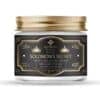Find Your Perfect Workout: Dumbbells, Kettlebells, or Barbells for Maximum Strength Gains
Picture this: you step into the weight room at your gym, instantly enveloped by the vibrant energy and the clinking of weights. Around you, one guy is squatting with dumbbells, a fitness influencer is flaunting her kettlebell skills in front of the camera, and in the corner, a powerlifter is going all out with a heavy barbell. So, which option should you go for?
Dumbbells, kettlebells, and barbells are all fantastic tools for building strength, each offering unique advantages. But navigating this array can be confusing. To simplify your decision-making, we reached out to top strength coaches and trainers to break down the pros and cons of each type of equipment.
Whether you’re just beginning your strength-training journey or you’re a seasoned lifter aiming to crush your personal record, here’s everything you need to know about choosing between dumbbells, kettlebells, and barbells for your next workout.
**Dumbbells: Your Reliable Workhorse**
Dumbbells are likely the first type of free weight you ever picked up, and for good reason. They’re universally available, even in the most basic hotel gyms, thanks to their straightforward design. The weight is distributed evenly on both sides, making them particularly user-friendly, especially if you’re still getting the hang of things. “Dumbbells are fantastic for beginners because you don’t have to worry as much about balance,” explains Kristie Larson, a certified strength and conditioning specialist and founder of Cozy Athletics.
These weights are incredibly versatile. You can use them in nearly any exercise, whether it’s a compound movement like a squat press or an isolation exercise, such as a bicep curl. Larson emphasizes, “They’re perfect for targeting specific muscles without overwhelming your body.”
However, as you progress and start lifting heavier weights, you might encounter some challenges. “Heavier dumbbells can become unwieldy,” warns Roxie Jones, a certified fitness and nutrition coach and owner of BodyRox. “When lifting heavy, it’s easy to get lopsided.” For most people, a good point to transition to another equipment is around the 30-pound mark for dumbbells.
**Kettlebells: Unique Design, Unique Benefits**
Kettlebells offer a different experience. The unique shape—with weight concentrated at the bottom and a sturdy handle—creates a more dynamic challenge. “Kettlebells require greater stabilization during movement,” Larson notes, making them ideal if you want to work on your balance or control. They’re particularly useful for mobility exercises, like halos, that can fire up your rotator cuff and enhance your connection with the muscles you’re targeting before heavier lifts.
Jones highlights that kettlebells are particularly effective for power training movements like swings. The weight’s design allows you to leverage momentum, making it easier to focus on explosive strength. “You’re learning to control the acceleration and deceleration of the bell, which can be very beneficial,” Larson adds.
Keep in mind, though: kettlebells have a steeper learning curve than dumbbells. Incorrect form can lead to injuries, like a common tendency for beginners to fold their wrists during a lift. So, if you’re new to kettlebells, it’s wise to start slowly and focus on mastering your form. You may also encounter variations in kettlebell design from gym to gym, as some are rubber-coated while others are made from cast iron—each offering different experiences.
**Barbells: Build Serious Strength**
When it’s time to lift heavy, barbells are your go-to choice. “You can load a barbell with significantly heavier weights compared to kettlebells or dumbbells,” Larson says. With the ability to add weight plates, you can progress to lifting hundreds of pounds (once you build that strength up, of course). Plus, barbells allow you to load weight safely on a rack for movements like squats and bench presses, letting you focus all your energy on those lifts without the hassle of picking them up from the floor.
If you’re looking for efficient strength gains, barbells lead the charge. A meta-analysis in *Medicine & Science in Sports & Exercise* indicates that pushing higher loads is key to muscle building. Barbells also facilitate the principle of progressive overload. Instead of searching for heavier dumbbells or kettlebells each session, you simply add more weight plates to your barbell.
However, barbells come with their own set of challenges. Larson suggests starting with dumbbells and kettlebells to build foundational strength before transitioning to barbells. Jones adds that testing your readiness is key; if you can squat comfortably with 45 pounds worth of dumbbells, you’re likely ready to explore barbell training.
Safety is also crucial when working with barbells. It’s recommended to have a spotter for heavy lifts to help avoid injury should you reach the point of failure. And, let’s be real, sometimes barbells can feel intimidating, especially if you’re just starting. But if you feel curious about them, don’t shy away. There’s no harm in at least giving them a try!
**TL;DR: Choose What Resonates with You**
Ultimately, whether you gravitate toward dumbbells, kettlebells, or barbells, all can help you crush your fitness goals. Each engages stabilizer muscles far more than a machine would, enhancing your overall strength, which can be particularly beneficial as you age.
While having a trainer to guide you through unfamiliar equipment is ideal, it’s totally possible to explore these weights independently. “It’s reasonable for anyone to try these different modalities on their own,” Larson says. So, don’t hesitate—experiment with each type of weight and see what feels right for you. Just remember: the more tools you have in your fitness arsenal, the more adaptable and successful you’ll be in achieving your training goals, whether the gym is bustling or empty.
















